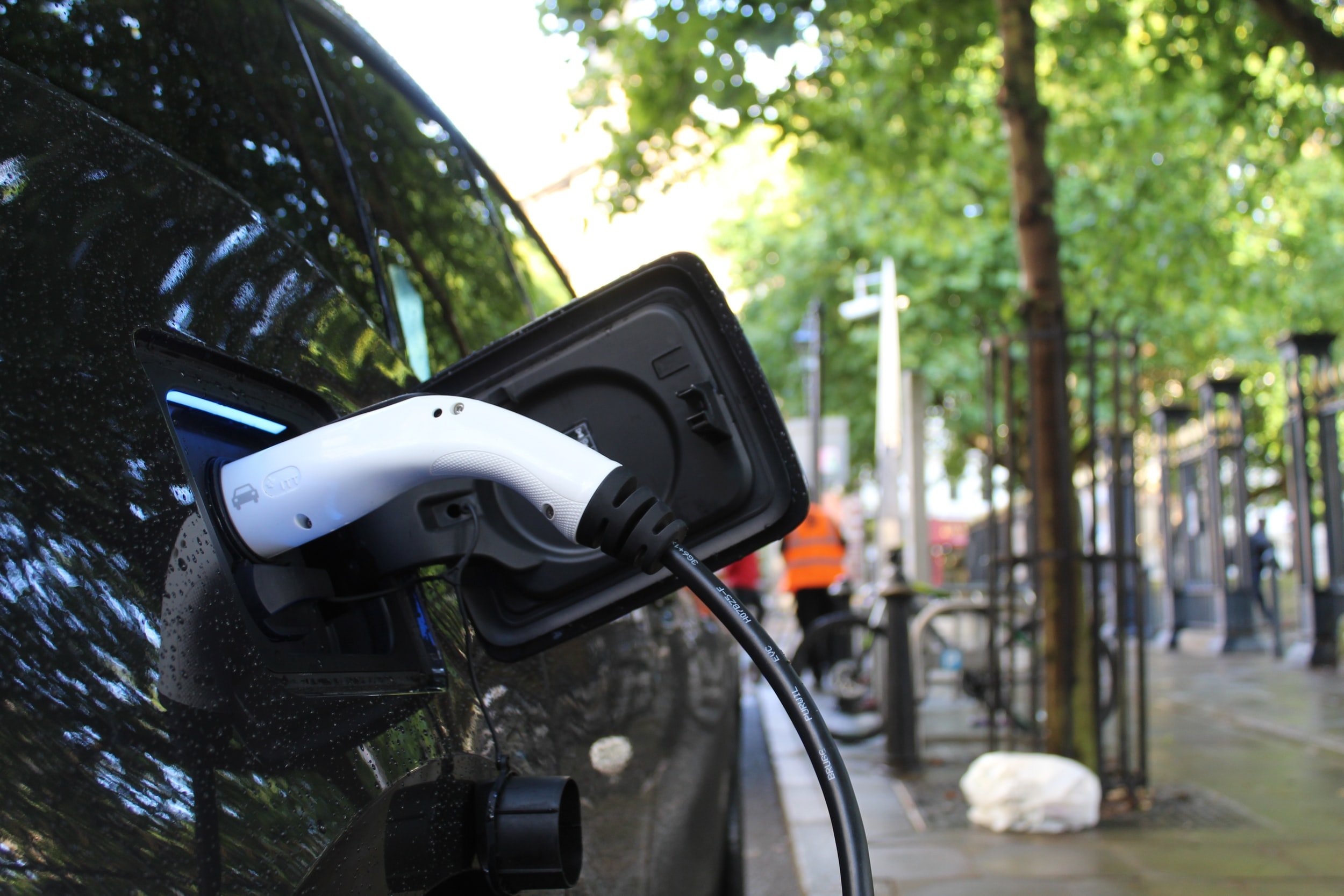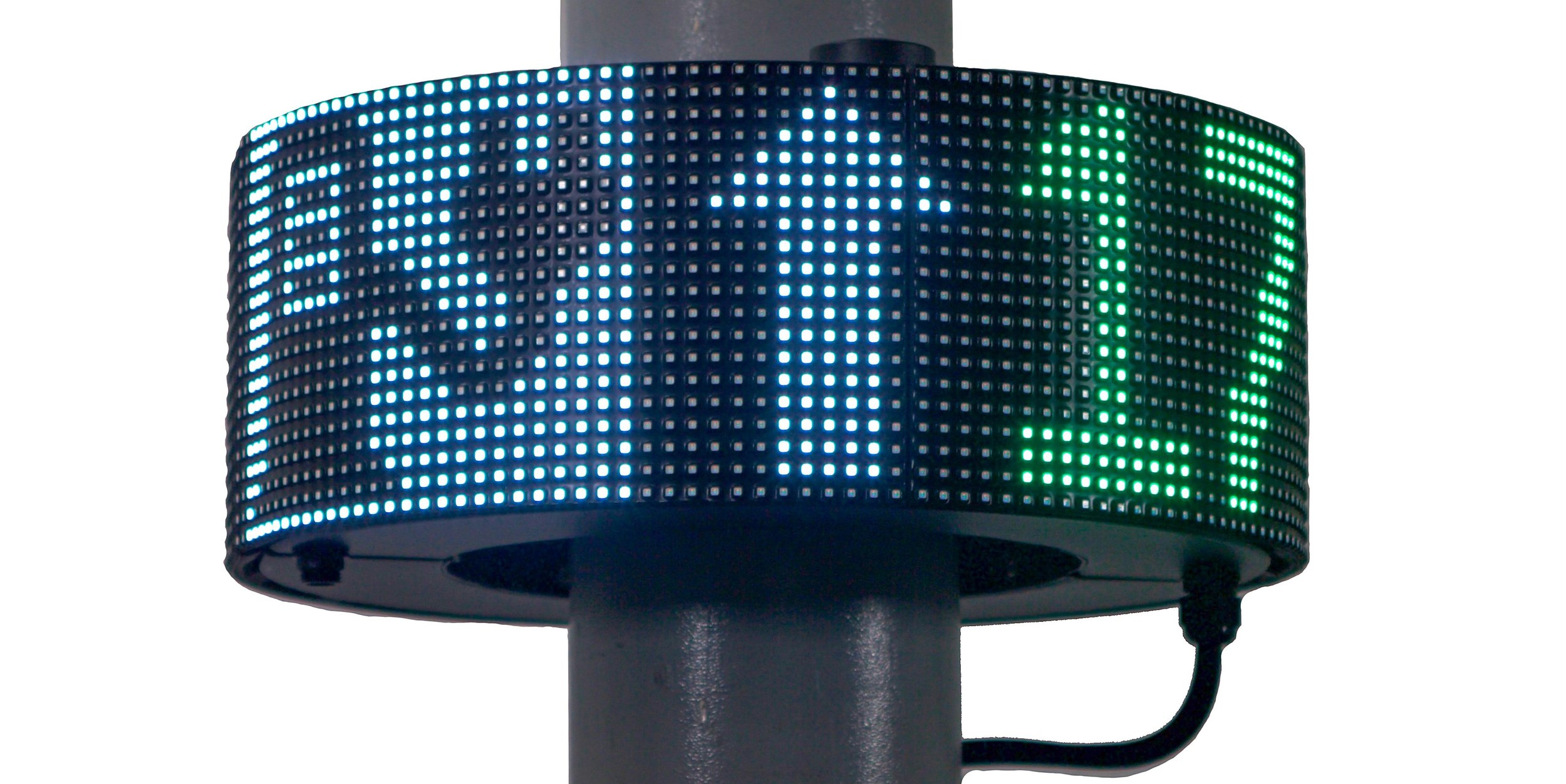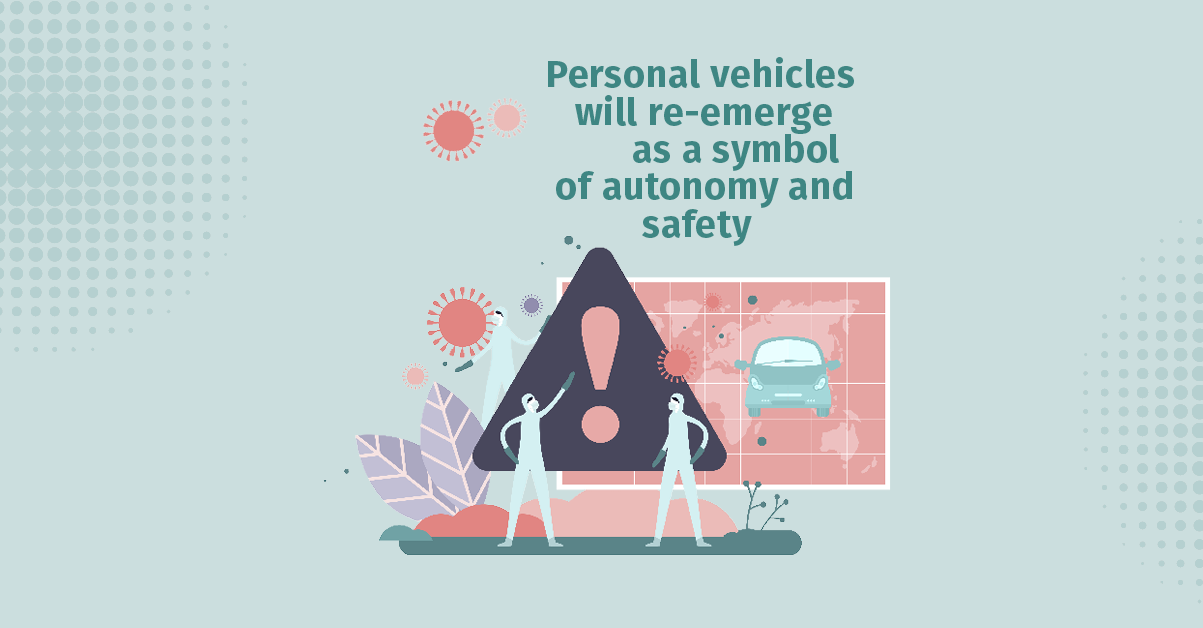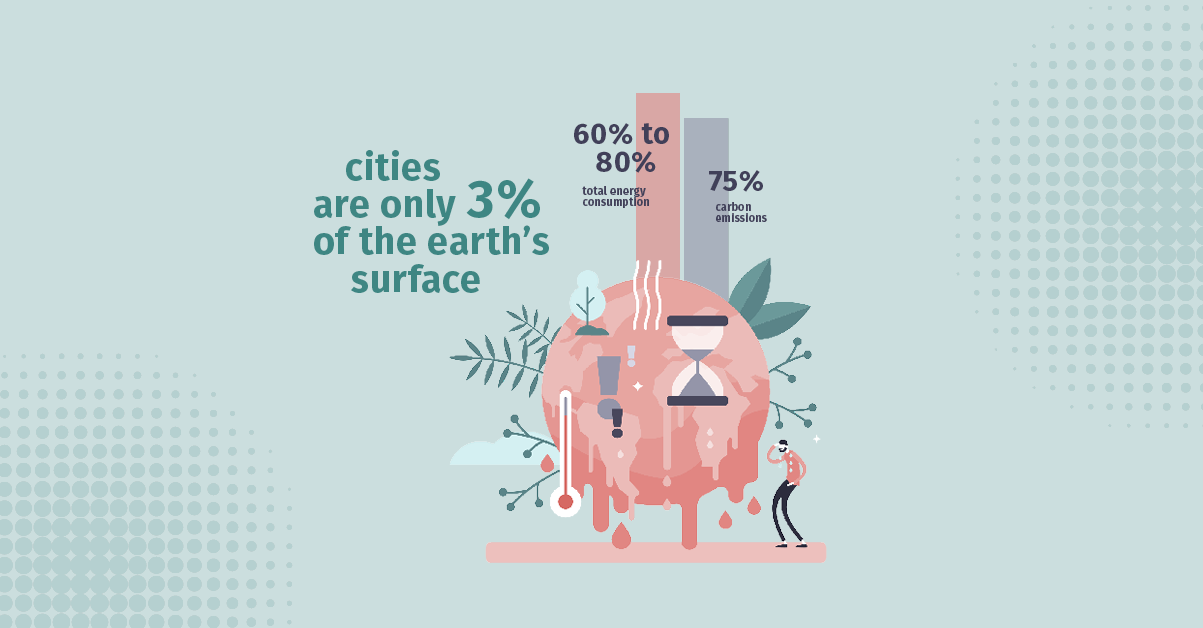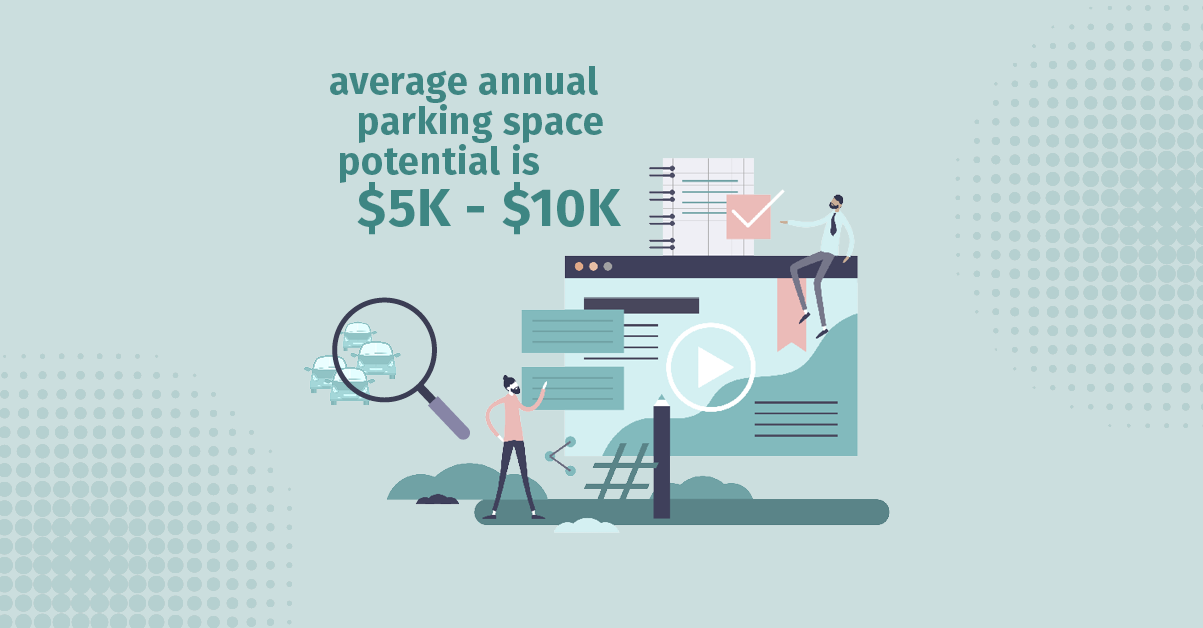1. (Driver) adoption
The (driver) adoption is the level of acceptance of the new solution among the intended user group. In other words: does their new behavior reflect what was intended? Do they accept and follow the newly implemented system? Cleverciti, for example, together with their clients, monitors the behavior of drivers before and after implementation of the smart parking solution to measure adoption.
2. AI / Artificial Intelligence
AI or Artificial Intelligence, which is a broader name for the theory and research that involve the intelligence showcased by machines, instead of the natural intelligence displayed by humans and animals involving consciousness and emotionality.
The arrival experience is the first impression customers/guests get after they have arrived. The moment the customer parks is the first experience he/she has with your service level. That is why it is so important to create a pleasant arrival experience.
4. Carbon footprint / CO2 footprint
The carbon footprint or CO2 footprint is a calculation of the carbon dioxide that enters the atmosphere as a result of the activities of a particular individual, organization or community.
5. Carbon neutrality
Carbon neutrality means having a balance between emitting carbon and absorbing carbon from the atmosphere with the goal of achieving net zero emissions.
6. Circling
Circling is the behavior of drivers when they drive around a certain area constantly searching for a free parking spot.
7. (Traffic) congestion
Congestion is also described as overcrowding or blockage. Traffic congestion occurs when the space of the road is not enough anymore to handle the amount of vehicles in traffic.
With more people ordering online and using ride-hailing services, managing the curb is becoming increasingly important. Curb management solutions include monitoring the loading zone occupancy, identification of vehicle types, issuing permits in advance and more.
9. Deployment
Deployment is a term used in IT to describe the installation or activation of a new solution.
10. Dynamic pricing
Dynamic pricing is adapting the price for rental of parking space based on the demand.
Dynamic reservation means offering the possibility to drivers to reserve a parking spot ahead of time via an app or website. These reservations can be altered at any point, and become free for another reservation.
12. Edge-computing
Contrary to cloud computing, with edge-computing, data is not processed in a data center, but in the device itself or by a local computer or server. That is why it is also called a decentralized computing paradigm.
13. End-to-end-solution
An end-to-end-solution is a solution that covers a process or service from beginning to end and is completely functional on its own without being dependent on a third party.
The environmental impact is defined as any change to the environment resulting from a certain activity, service or product. More recently, this term is used mostly to describe negative effects on the environment.
15. Floating parking spaces
Floating parking spaces are parking spaces that aren’t marked with lines on the ground, for example along the street. Cars can freely park in a line depending on the size of the car. As floating parking spaces cannot be detected by ground sensors, Cleverciti works with overhead sensors that view the object, not the space.
16. Full-service solution
Instead of buying sensors or signs separately, full-service solutions offer a subscription to a full parking solution. This includes support, software as well as hardware upgrades, and even replacement of any failed or updated hardware—making your life easier and parking management more efficient than ever before.
17. GovTech
GovTech is about applying new technologies (such as artificial intelligence, advanced data processing, etc.) to improve the delivery of public services through increasing efficiency and minimizing costs.
18. Internet of Things (IoT)
IoT refers to a system of objects that are interconnected and together make it possible to collect and transfer data over a wireless network without human intervention.
Return on investment is a standardized measure for profitability. Maximizing the return on investment for parking assets can be done by for example installing a parking guidance system or applying dynamic pricing.
20. Multimodal transport
Multimodal transport is the transportation of goods under a single contract(or), but performed with at least two different modes of transport.
21. On-street parking
On-street parking is parking by taking up room on the actual street alongside the curb, as opposed to parking in a parking garage or a designated parking lot.
22. Overhead parking sensors
Overhead parking sensors, unlike ground parking sensors, are mounted above parking areas to more efficiently analyze the individual cars below. This type of sensor uses AI and IoT technology while being conveniently mounted on existing lampposts or buildings.
Assets are items of property owned by a person or a company, regarded as having value and available to meet debts, commitments, or legacies. With parking assets are meant: any assets that can be used for parking, such as surface parking lots, parking garages, on-street parking, etc.
24. Parking capacity / occupancy
The parking capacity or occupancy is the measurement of the number of taken parking spots, preferably measured in real-time, so that data on how many parking spots are still free is available at any given time.
25. Parking data
Parking data is any data related to parking, e.g. parking occupancy, length of stay, specific rush hours in a region, average parking price, parking revenue generated.
Parking guidance is a system that guides the driver to the best available parking space. The most reliable way to do this is with local digital signage.
27. Parking request for proposal (RFP)
A parking request for proposal (RFP) is a public business document that announces and provides details about a parking project, as well as solicits bids from suppliers who will help complete the project. RFPs are commonly used by governments. RFPs usually don’t go into as much detail as tenders.
Parking revenue is the revenue that is derived from the rental of parking space against a certain price.
29. (Smart) parking tender
A (smart) parking tender is a formal, structured procedure for generating competing offers from different potential smart parking solutions providers.
Payment compliance is the inclination of drivers to pay for their parking spot when they are requested to do so. Cities around the globe struggle to increase parking payment compliance.
31. Real-time data
Real-time data is information that is available immediately after gathering it. There is no delay between gathering the data and being able to access the data. Therefore, it depicts the status of that exact moment.
32. Search traffic / parking search / parking search time
Search traffic, also called parking search or parking search time, is the traffic that is caused by people searching for a parking spot. Around 30% of all traffic is attributed to parking search.
Smart cities are cities in which the use of technology, information, and data is promoted to enhance and improve the overall infrastructure, quality of life, environmental impact and publicly accessible services. Smart parking solutions, as part of an overall smart mobility or transport plan, are key to the development of a smart city.
34. Smart city mobility plan
A smart city mobility plan is a strategic plan that addresses ways to apply urban mobility solutions to contribute to the development of a smart city. These plans aim to improve the quality of life for citizens and visitors with innovative and efficient methods of moving people and vehicles around the city.
Smart lampposts are the next generation of the traditional street lamppost equipped with connectivity, (solar) power, and other smart city devices. Existing infrastructure such as traditional lampposts can be transformed into a smart hub easily by adding innovative battery-powered solutions to reduce cost and hassle.
36. Smart mobility
Smart mobility focuses on new and other forms of transport rather than using your own car; such as ride-sharing, car-sharing, public transportation, walking, biking, electric charge stations and more.
Smart parking makes data available to drivers at the points where they need to make a decision and allows them to make informed decisions on where to park which gives drivers back time, reduces CO2 emissions and alleviates traffic congestion.
38. Smart parking system
A smart parking system uses real-time data to guide drivers to the best possible parking spot by using overhead sensors and digital signage.
39. Smart tourism
Smart tourism helps tourism destinations become more attractive to visitors by applying information and communications technologies to provide its guests with access to tourism and hospitality products, services, spaces, and experiences.
SaaS is a new approach to cloud computing that focuses on delivering all aspects of an IT solution as a one packaged deal.
Managing parking spaces effectively and efficiently by, for example, monitoring the real-time occupancy, visualizing actionable trends based on historic data or detecting floating spaces. Data is generated to make parking operations more efficient and increases ROI of the parking asset.
42. Transportation master plan
Transportation master plans are formulated by city governments and serve as a roadmap for investments in long-range transportation infrastructure.
Turn-by-turn-guidance shows the driver—in real-time and on every corner—where there are parking spots available and therefore guides them turn-by-turn to the nearest available spot.
44. Urban traffic
Urban traffic is a specific term for any type of movement of people and vehicles in a city. Urban areas worldwide seek innovative solutions to reduce urban traffic.


